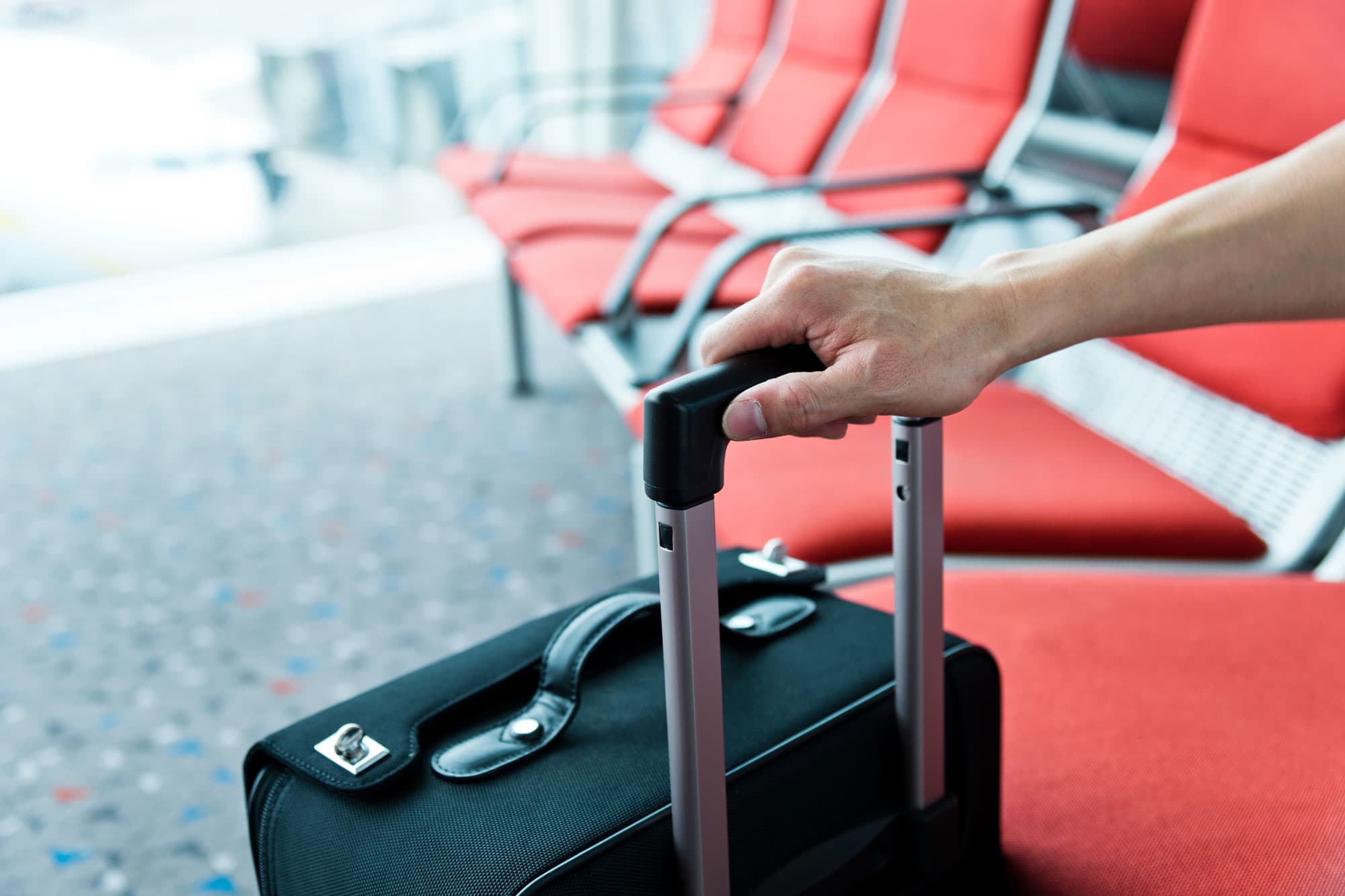
Having visited 32 different countries, I can attest that travel can be stressful. However, with a bit of know-how and planning, your getaway can be more relaxing than worrisome.
Stick to sites you know and trust
Scammers excel at creating fake travel apps and websites to swindle you, and with the aid of artificial intelligence tools, their efforts are even more sophisticated. Fortunately, there are signs you can watch for to steer clear of them.
Check official resources: The Better Business Bureau is invaluable for verifying the legitimacy of a business. If you can’t find the company you’re dealing with listed there, it’s best to steer clear.
Online reviews and ratings: Utilize platforms like TripAdvisor, Yelp, or Google to read reviews and ratings. Beware of overly positive or negative reviews, as they could be fake. Look for a balance of reviews and consistent themes.
Accreditation and licensing: Legitimate travel agencies often belong to recognized industry organizations like the American Society of Travel Advisors or have International Air Transport Association accreditation. Verify credentials on their website.
Transparent pricing: Reputable sites are transparent about all costs. Beware of hidden fees or unclear pricing.
Secure payment options: Trustworthy travel sites offer secure payment options. Be cautious of sites that only accept bank transfers or money orders.
Speaking of travel, I recently had a fantastic trip to Japan. Check out my travel tips on YouTube. It’s definitely a destination to add to your bucket list!
Keep track of your bag
Lost luggage can quickly sour your trip. Many major airlines, such as United, American, Delta, and Air New Zealand, allow you to track your luggage in real-time through their official app. Make sure to download it before you embark on your journey.
Pro tip: Beware of copycat apps. Always download the airline’s official app from their website.
Set your Gmail and Drive to offline mode
In case of poor connectivity, it’s helpful to have access to your emails and documents offline.
For Gmail on your desktop:
Go to settings > See all settings.
Select the Offline tab and check the box next to Enable offline mail.
Choose how many days of messages you want to sync and click Save changes.
Do the same for your important documents in Google Drive.
Open Google Drive, go to settings > Settings.
Turn on Offline.
Recent files will be automatically saved offline. To manually select files, go to the file you want to use, click File > Make available offline.
Scored in-flight Wi-Fi! But before you browse…
Hackers can create fake Wi-Fi networks with names similar to the airline’s official network. Verify with airline staff which network is genuine to avoid connecting to a copycat network.
Don’t forget to switch on a VPN
A Virtual Private Network (VPN) encrypts your data, protecting it from prying eyes. While VPNs may not be as reliable in the air, they are still worth using, especially when accessing sensitive information online.
They are essential when visiting sites containing financial or personal information.
Double-check your AirDrop settings
Be cautious of AirDrop requests from strangers, as they could contain keyloggers or other malicious content.
On your iPhone: Go to Settings > General > AirDrop to adjust settings.
On a Mac: Click Control Center in the menu bar, then AirDrop to manage settings.
Your phone is invaluable
Shield your PIN when using your phone in public, and avoid using easy PINs. Opt for Face ID or a strong alphanumeric passcode instead.
